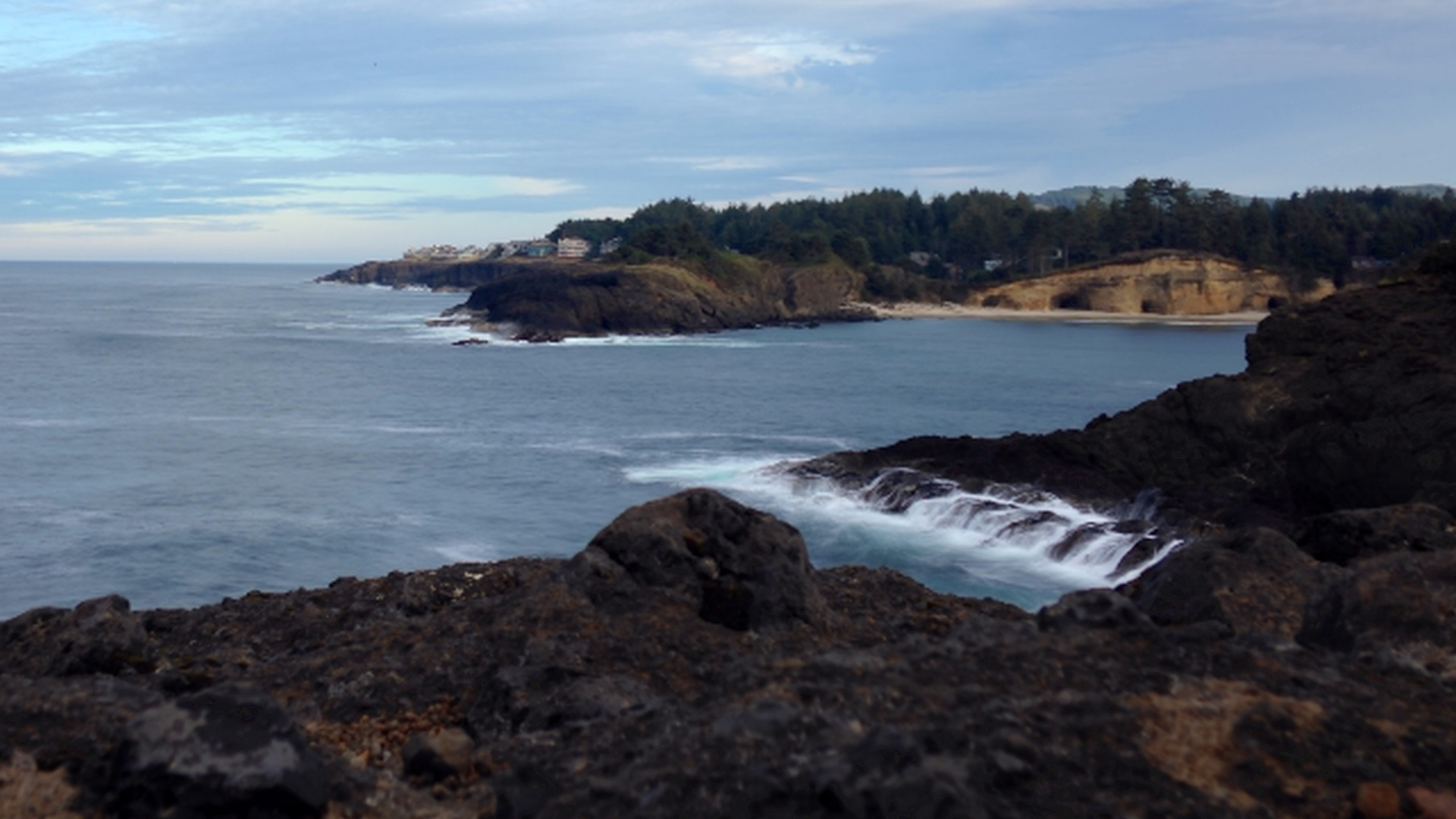
Early English Artifacts
“There have been several other finds, including a dagger just north of Whale Cove and a bronze helmet just south of it…”
In 1936, a brass plate, inscribed just as described in the official account, was found just north of San Francisco, and declared by metallurgists as genuine. This seemed to provide proof positive of Drake’s visit to the area, and was followed almost inevitably by the discovery of a sixpence with the obligatory hole in it. In 1977, the plate was examined again by University laboratories on both sides of the Atlantic and proved to be a fake, a piece of modern rolled brass. (This did not stop the city of San Francisco presenting an exact replica of it to the present Queen Elizabeth two years later when she visited San Francisco as part of the 400th anniversary celebrations of Drake’s supposed arrival there). However, at the time, the discovery of the brass plate reinforced the myths created by Hakluyt, so when 16th century artifacts started to be discovered along the Oregon coast, there was no known historical context for them, and their significance was missed. They were either unreported, ignored, or lost again. The finds include three swords, two coins, and a host of other objects. Of these, only the two coins seem to have survived. One is a silver shilling found on Nehalem beach in 1962, just after the great Columbus Day storm. Like many English coins, it is undated, but was identified by the British Museum from mint markings as having been produced 1560. The other is a dated silver 1562 threepence found in an archaeological excavation near Fort Vancouver in the 1970s. A third coin, a sixpence dated 1573 was dug out of a garden near Victoria, on Vancouver Island, in the 1930s and more recently (Jan 2014) a 1551 shilling was found, also in Victoria.
There have been several other finds, including a dagger just north of Whale Cove and a bronze helmet just south of it, but these have been lost. None of these finds are conclusive and might have arrived on the Oregon coast as a result of Indian trading, but they do provide some indication of 16th century English presence along the Oregon coast and in the Pacific Northwest.
